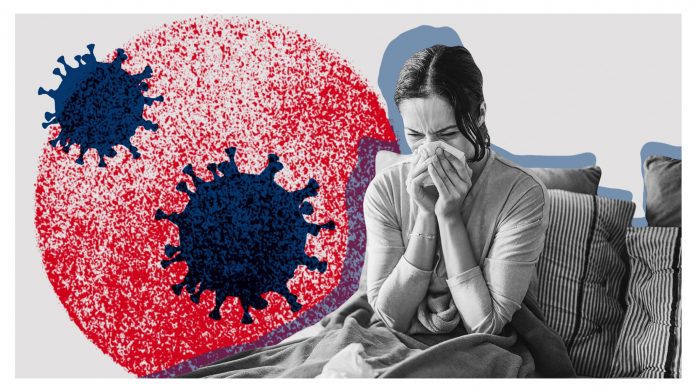Isolation: This is used in a person with disease symptoms where isolation is indicated.
1. Isolation can be used to prevent the spread of a proven infectious disease.
2. Isolation can be applied pending diagnosis of a specific infectious disease
If isolation is indicated for a person, this can take place at home, provided that the conditions described below are met. We refer to the person in this document as the “patient”. The general practitioner, together with staff from the Infectious Diseases Service and a medical adviser from the Department of Public Health jointly determine whether the patient can stay at home depending on the clinical picture. Personnel from the Infectious Diseases Service and a medical adviser from the Department of Public Health determine whether the patient’s home situation lends itself to isolation. The prerequisite for home isolation is that the patient must be able to take care of himself (this concerns the ADL functions) and that contact between the patient and housemates (as much as possible) can be avoided. Personnel from the Infectious Diseases Department and a medical adviser from the Public Health Department also take into account the medical situation of the patient and the housemates. The doctor also examines to what extent the knowledge and behavior of the patient and housemates allows for home isolation. It may sometimes be advisable for housemates (eg children) to stay elsewhere during the isolation period. If home isolation is not possible, the patient should be moved to a different location.




















